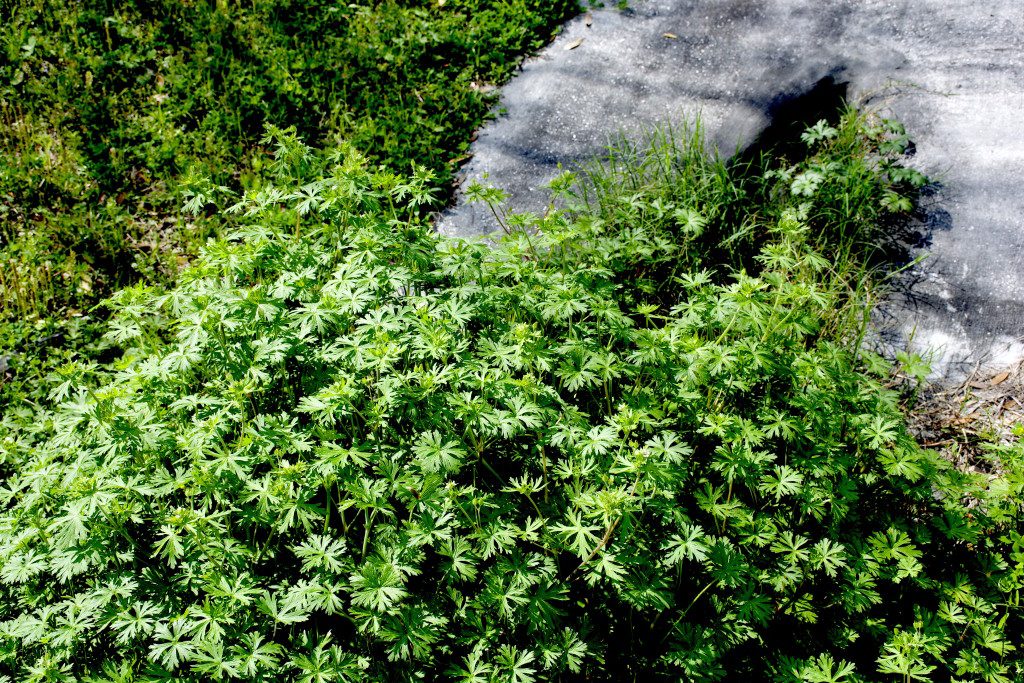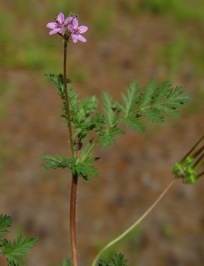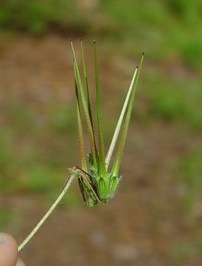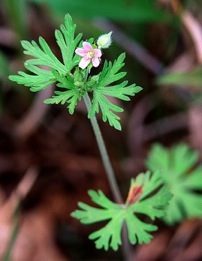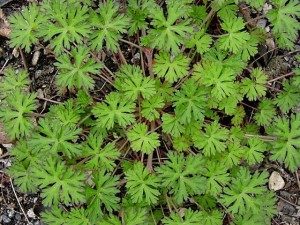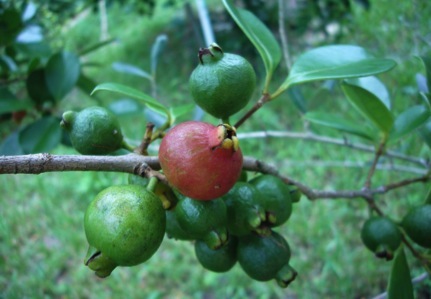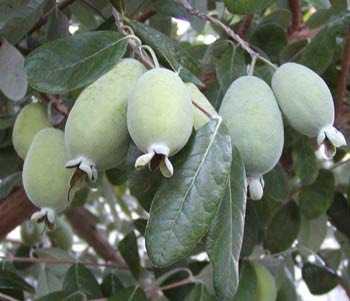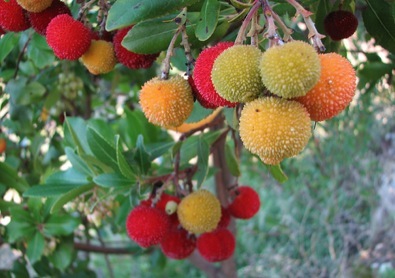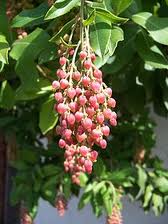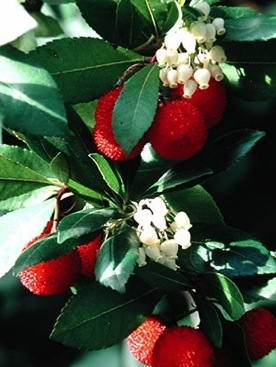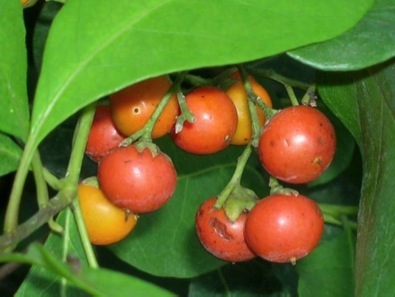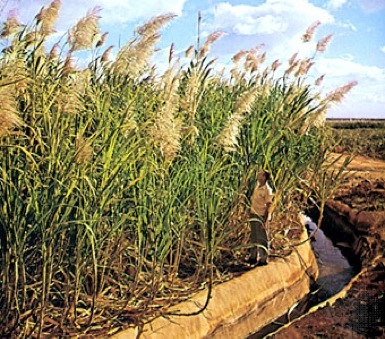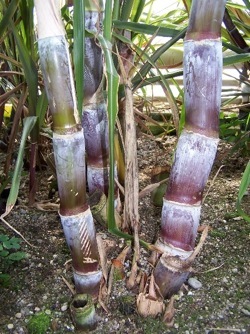Erodium circutarium, Geranium carolinianum: Two Bills You Want to Get
Stork’s Bill is one of those little plants that’s not supposed to grow locally but does here and there. Native to the Mediterranean area, it came here with the Spaniards and later proliferated with the planting of alfalfa, whose fields it likes to inhabit. Now it’s naturalized throughout North America. In northern states and Canada. It’s an annual. In southern and southwest states, a biennial. It is particularly common in deserts and arid grasslands. Colorado calls it a noxious weed.
Scientifically Stork’s Bill is called Erodium cicutarium (er-OH-dee-um sik-yoo-TARE-ee-um.) Erodium is from the Greek word Erodios, meaning heron — now there’s a surprise. Cicutarium — Latin — means resembling the genus Cicuta, the Poison Hemlock, and it does. The significant difference between them when young is the Stork’s Bill has hairy stems. The Poison Hemlock is not hairy. Don’t mistake the two. Poison Hemlock is deadly. Remember, Stork’s Bill has hairy stems and a basal rosette. The entire plant is edible raw or cooked, and of course as usual, young and tender is better than old and tough. Though in the geranium family when picked young it has a flavor similar to parsley. Another name for it is filaree.
At least three Indians tribes picked up on the plant and included it into their diet, the Blackfeet, Shoshone and Digger Indians. Man is not the only one who favors the Stork’s Bill. Besides grazed upon by cattle, sheep and goats, the seeds are collected by various species of harvester ants. The seeds are also loaded with vitamin K and have little tails that coil and uncoil with changes in humidity, burying the seed. The seeds are also eaten by upland game birds, songbirds, and small rodents including kangaroo rats. The Brown Argus butterfly also feeds off the plant. And as it is often a very lowly plant the desert tortoise finds it a meal as well. That low growth pattern also lets you find it in lawns as the mower can pass over it.
Incidentally, the Stork’s Bill has a few other claims to fame. The entire plant can be used as a green dye and does not need a mordant to set the color. The old styles (tails on seeds) are humidity sensitive and can used in hygrometers and as weather indicators. Also the powdered plant has been dusted on watermelon seeds prevent disease.
The leaves of the Erodium moschatum (er-OH-dee-um MOSS-kuh-tum) the Musky Stork’s Bill, are also edible but bitter. Moschatum means musky. It is found from Delaware north, in South Carolina, and the West Coast of the US and Arizona.
Once the Stork’s Bill is in bloom and seeding don’t confuse it with the Cranesbill Geranium (Geranium carolinianum) which is a Florida native. The Cranesbill looks like the Stork’s Bill except it has palmate leaves. While it is edible it is very bitter. You can eat it raw or cooked.
The G. carolinianum is a miniature version of the G. maculatum. It has a history of medicinal uses. The whole plant, but especially the roots, is astringent, salve and styptic. It can be used as a gargle for sore throats. The plant is high in tannins, which is why it is bitter and used for diarrhea. A medicinal tea can be prepared by boiling 1–2 teaspoons of the root for ten to fifteen minutes in 2 cups of water. One can drink three or more cups per day. A tincture (approximately 1/2 teaspoon) can also be take three times a day
Geranium is from the Greek word geranion which means crane. Carolinianum means from Carolina but has come to mean mid-range America. Maculatum (mak-yuh-LAY-tum) means spotted. Also called G. bicknellii (bick-NELL-ee-eye.)
Green Deane’s “Itemized” Plant Profile
IDENTIFICATION: Stork’s Bill: Hairy, sticky, sprawling, stems hairy with short white hair and have bright pink five-petaled flowers, in a loose cluster, they often have dark spots on their bases, leaves reddish green, pinnate, fern-like, arranged in two ranks, one on either side of the midrib, to four inches long, seed pod long, shaped a stork bill that bursts open into a spiral when ripe, seeds have little feathery parachutes. Usually ankle high, grows to 12 inches in warmer areas . MAKE SURE THE STEMS ARE HAIRY!
TIME OF YEAR: Flowers February to October, depending upon climate, early spring in south, late spring in north, Seeds are available late summer to fall. It over winters well and often is the first green you will see after the snow melts.
ENVIRONMENT: Desert areas, grass lands, rangeland, prairies, roadsides, sandy soil, inland and onthe coast, dunes, lawns. Prefers sunny areas and non-acid soil.
METHOD OF PREPARATION: While the entire plant is edible, usually the leaves are eaten. Lightly steamed leaves is the best method of preparing them, or boiled in slightly salted water. Can be chopped and added to salads raw. The root can be chewed like a gum.
HERB BLURB
Stork’s Bill: A leaf tea has been used to induce sweating and is diuretic. The leaves were also soaked in bath water to treat rheumatism. Plant contains tannin, is astringent and a hemostatic. It has been used for uterine and other bleeding, roots and were eaten by nursing mothers to increase milk flow, externally used as a wash on animal bites and skin infections. A poultice of the chewed root has been applied to sores and rashes. It is reputed to contain an antidote for strychnine.

